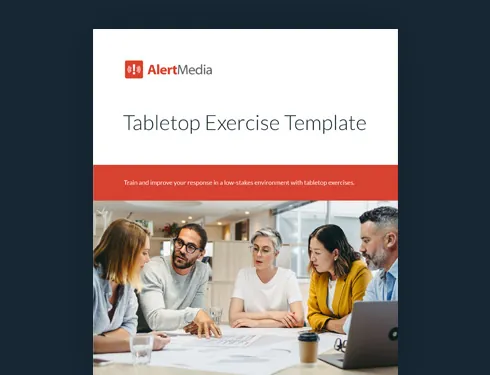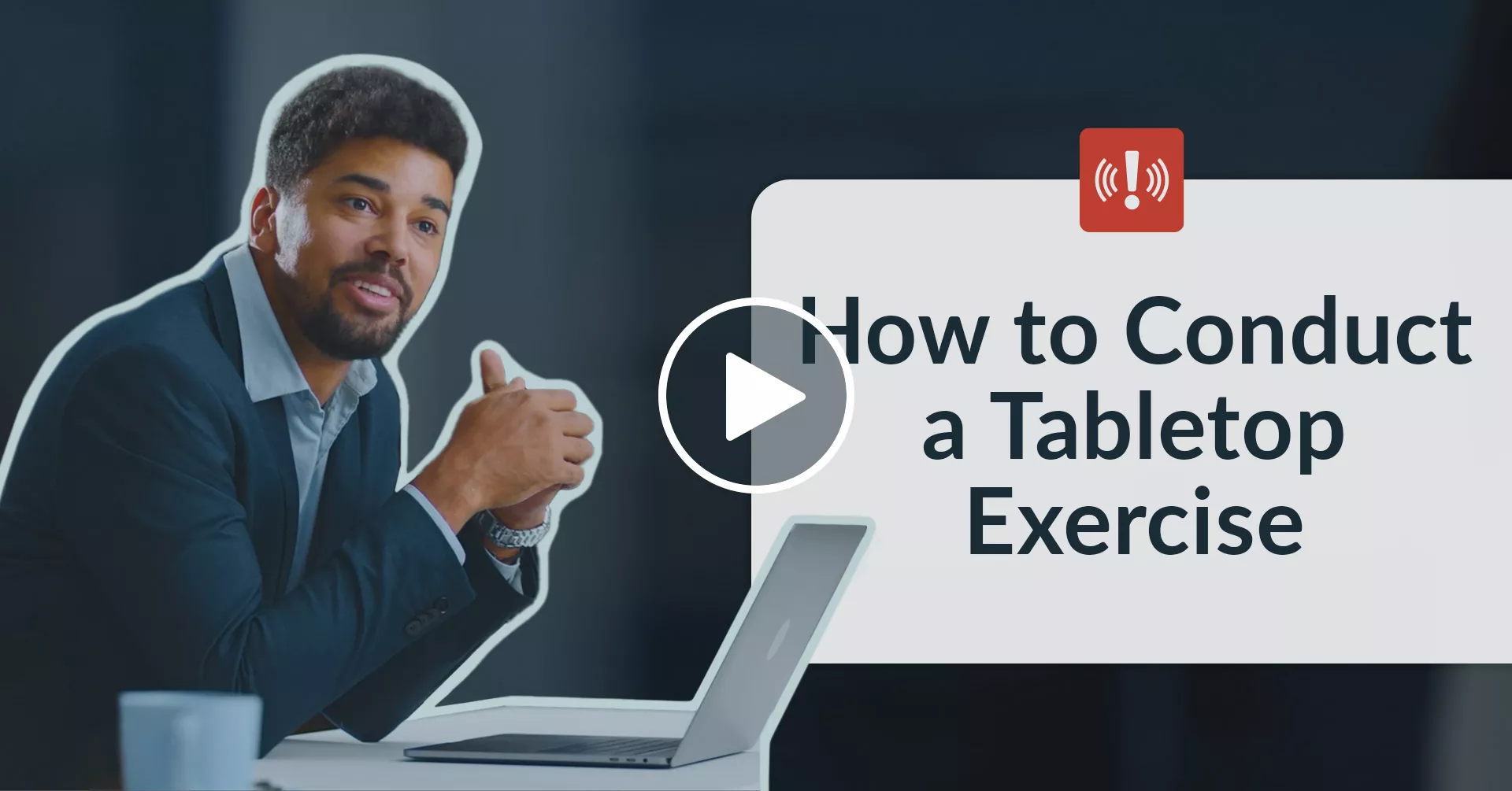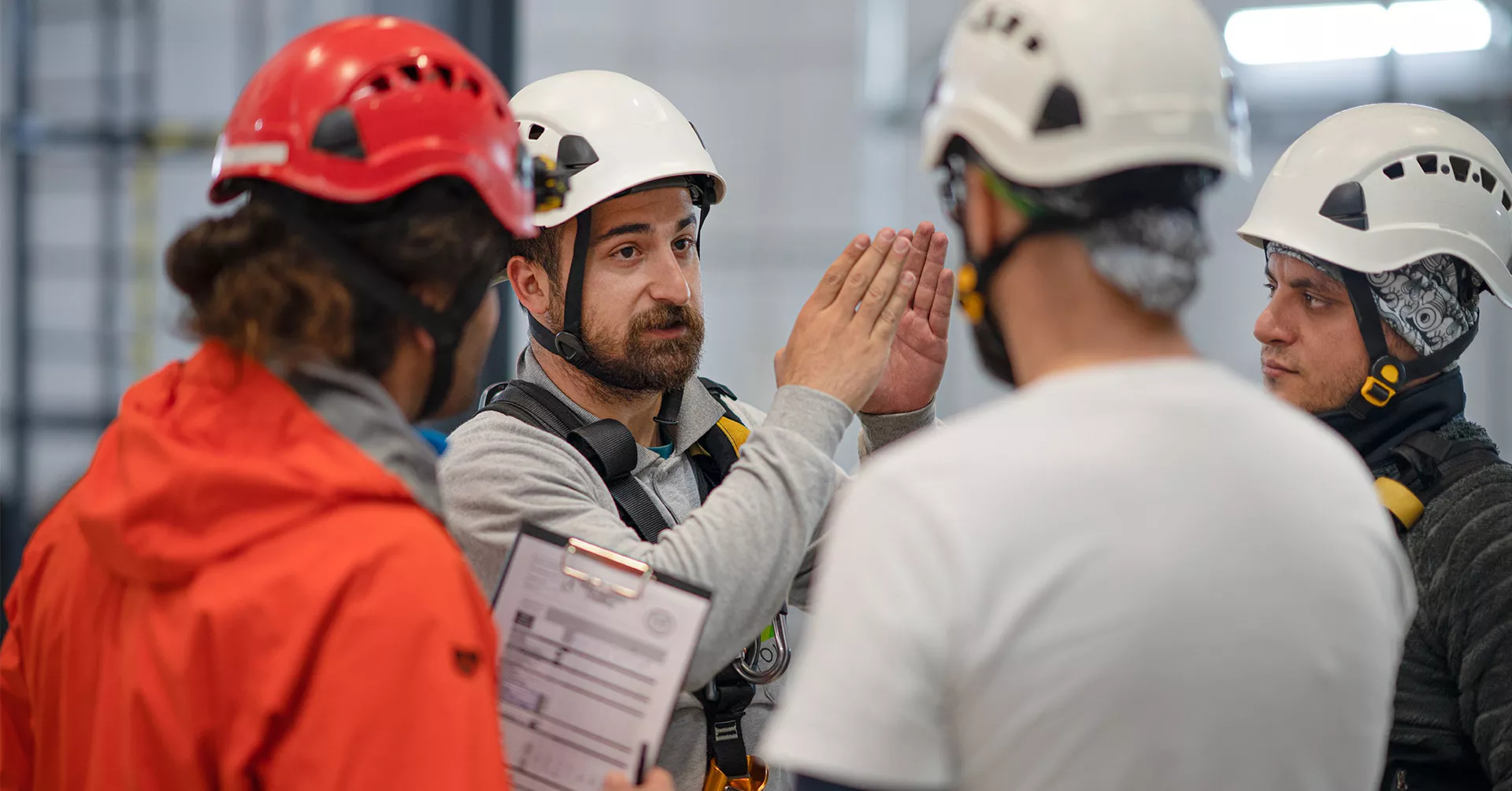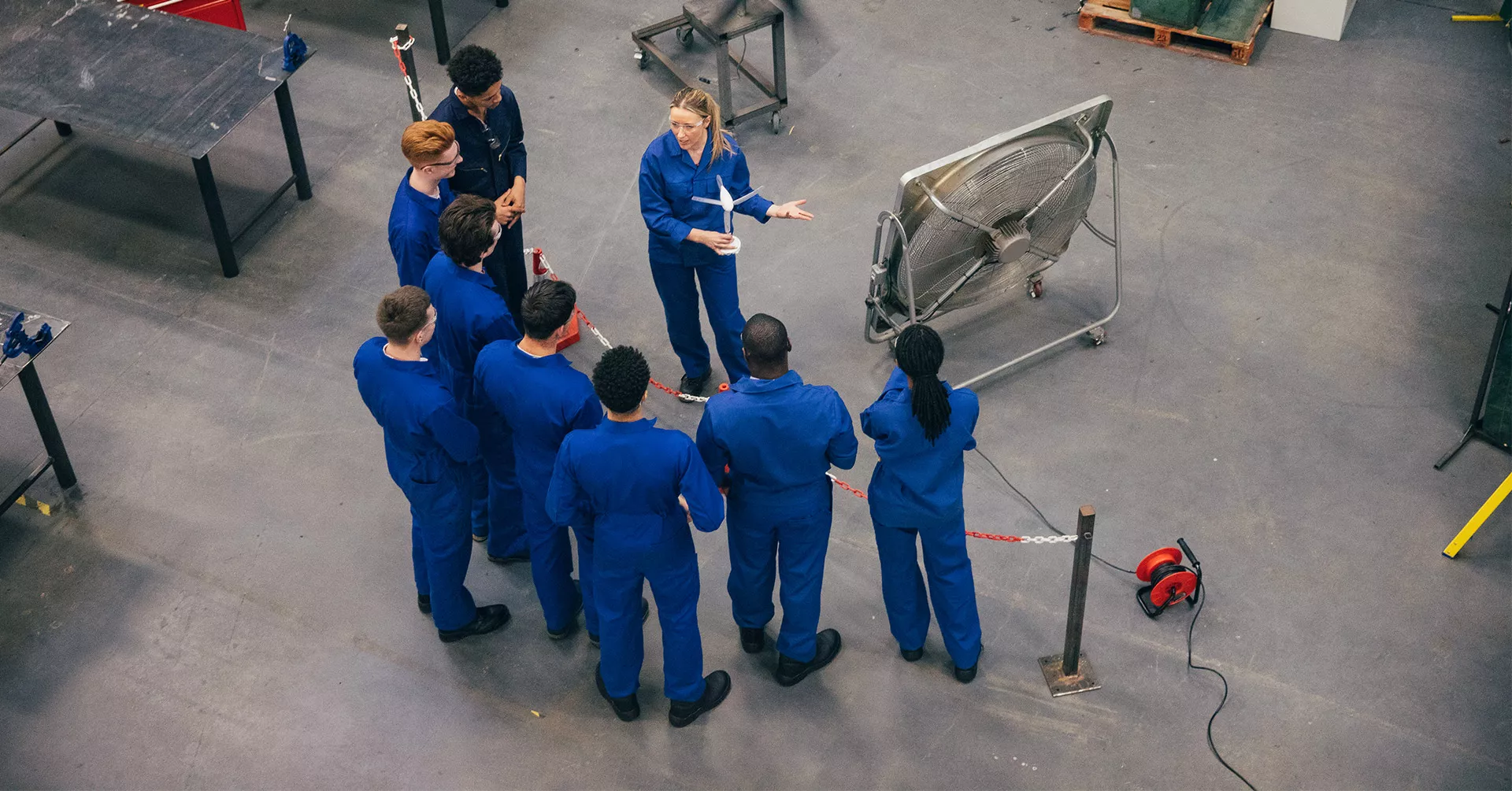
How to Conduct an Active Shooter Tabletop Exercise
Active shooter preparedness training helps employees navigate potential acts of violence in a safe setting. In this post, we’ll cover how tabletop exercises can help you elevate your active shooter response strategy.

Active shooter events are one of the most traumatic and damaging experiences a person can go through. And while they remain exceedingly rare, the FBI noted a 52% increase in these events from 2020 to 2021. They also point out that over half of the recorded incidents occurred in a commercial setting, i.e. a business.
Active shooter preparedness at your company will likely include running drills, creating a response plan, and offering workplace mental health services. The exact preparedness measures your organization should take depend on the type of business, your location, whether your workplace is open to the public, and the layout of your workspace. But for any business, active shooter tabletop exercises can be an economical, low-stress way to give your employees instruction and confidence in case they ever find themselves in an active shooter emergency.
Download Our Tabletop Exercise Template
What Is an Active Shooter Tabletop Exercise?
An active shooter tabletop exercise is an emergency management technique to increase preparedness in a safe environment. Participants are guided by a “facilitator” to talk about a hypothetical active shooter event. Stakeholders verbally walk through such an attack and imagine what they would do to respond. Then, the facilitator introduces complicating variables, inviting the group to think critically about their plans and become more comfortable with on-the-fly thinking.
The advantage of using a tabletop exercise for active shooter training is that it allows for discussion and examination of a topic that many find highly distressing—but that is necessary to be ready for in case the unimaginable does occur. These exercises typically take only an hour or two, and—as implied by the exercise’s title—they take place in a safe and familiar environment, such as around a meeting-room table.
Conduct a Tabletop Exercise for an Active Shooter Scenario
You can implement a good tabletop exercise in an afternoon, but developing a training exercise in the first place depends on broader active shooter planning. Building your training exercises and response plan can go hand in hand. AlertMedia’s step-by-step Tabletop Exercise Guide helps you to keep critical objectives in mind for the most effective preparedness training.
Before you begin
First things first: you have to determine who’s going to be a part of your exercise group. You need to fill the following roles:
- The facilitator is the moderator of the exercise. They know how the exercise is supposed to flow, and they step in with guiding questions if the conversation stalls.
- You also need to gather your participants, the people who make up the bulk of your group and who will be asked to imagine an active shooter attack at work. Groups should only be as large as your facilitator feels they can comfortably manage.
- Finally, identify two evaluators. Their job is to observe the exercise without participating and takes notes so that they can contribute to an after-action report following the training exercise.
- If possible, you might include representatives of local EMS or law enforcement to offer their insight.
Prioritize running the exercise with those who are most likely to be present if an active shooter shows up. Everyone can and should benefit from these training opportunities, but if your organization’s size necessitates multiple runs, ensure those who work in high concentrations in public-accessible locations are trained first. Offer follow-up tabletop sessions to extend the training opportunity to the rest of your employees in time.
Once you have identified the stakeholders who will be involved, define your goals. What are you hoping to learn from these exercises? Are you trying to create an active shooter plan or update an existing one? Or maybe you’re focused on priming employees on the plan to familiarize them with it? It could be all of the above or others that you think of.
Once you have all of this information finalized, you need to document it. Our Tabletop Exercise Guide has a handy exercise overview template that you can complete and share with everyone involved.
Run the exercise
Once you’ve prepared for a tabletop exercise, gather your facilitator, evaluator, and participants in one room or, if required, a call bridge or video conference. The facilitator begins by describing the goals of the exercise and then describing an active shooter situation. They will set the scene by describing a normal day at work, then the beginning of the attack.
Participants then take over and have a conversation about what they would do in this scenario. Employees will be asked to consider their likely locations in the event of extreme workplace violence and how they would respond.
Discussion of active shooters, especially when people imagine themselves during such an event, can bring up intense emotions in some. Avoid emotional language and allow participants to step away if they need to take a break. Remember, the purpose of running a tabletop exercise is to create a relaxed, safe environment so that your team can focus on problem-solving.
Run through the hypothetical situation until first responders arrive and secure the scene. Then, start again at the top, but this time introduce a new variable to get people thinking about alternate solutions and prepare them to think quickly. These unexpected variables might include:
- Restricted exit routes
- Disabled communication methods and notifications
- People out sick who would typically perform key response functions
After each run-through, allow time for discussion. The facilitator and participants should talk about what went well, what they think could be improved, and their feelings on the exercise in general. The evaluator should take especially careful notes during this part.
Reflect and review
Once the group completes the exercise, the evaluators’ job begins in earnest. They work together with the facilitator to create an after-action report, made easy by our After-Action Report template. Using the notes they took during the tabletop exercise itself, they sum up their observations of the proceedings. When looking back at the exercise, they should think critically about the participants’ answers and discussions to fill out their report.
The contents of the after-action report should include:
- A summary of expectations and goals
- A recap of the meeting and its proceedings
- Things that went well and should be replicated in the future.
- Things that were excluded or didn’t go well
- Areas of improvement
Once the after-action report is completed, it should be shared with those involved in designing the tabletop exercises. An after-action report should be completed with every exercise and should be considered part of the tabletop exercise process, even if it’s created only after everyone’s departed the table. This can then be used to improve the active shooter response plan, completing the loop.
Other Methods of Training for Active Shooter Emergencies
Tabletop exercises are just one method of active shooter incident training. Other methods include training the Run, Hide, Fight strategy, where instructors teach participants that the best way to respond to a shooter is first to try to run away from the scene. If that’s not possible, then they should try to hide somewhere and barricade their position. Finally, if confronted with the shooter and no way to run or hide, as an absolute last resort, they teach how to work as a group and fight back with improvised weapons.
Finally, another popular technique is employing active shooter drills. These are simulated events where a fake gunman enters the location and acts as an attacker would—without a real gun. They’ll make noise, try to enter rooms, and physically test the defenses of a facility.
These drills are controversial as some claim that they serve only to stress out employees with artificial violence—without doing enough to prepare people for a real shooter. The takeaway is that every organization needs to decide for itself what kind of emergency preparedness
Beyond Active Shooters
Modern businesses face a wide variety of threats that vary depending on their business type, location, size, and many other factors. It is all employers’ duty of care to assess their situation and prepare for threats both likely and unlikely, internal and external.
Tabletop exercises are a great way to gauge your level of preparedness and confidence for any kind of hazard, and our guide makes designing them easy. Looking for more ways to prepare for workplace dangers? Check out our resource library for guides, templates, and more.





